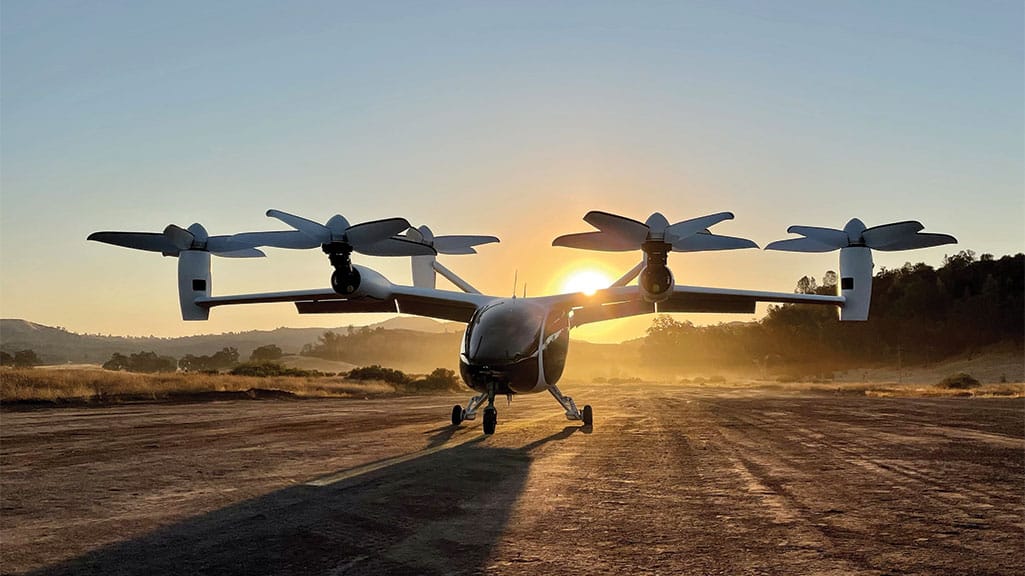Revolutionizing Air Travel- The Rise of Electric Aircraft

As the aviation industry continues to grapple with the challenges of climate change, environmental sustainability, and increasing fuel costs, a new era of innovation is taking shape. Electric aircraft, once considered a distant dream, are now becoming a tangible reality, poised to revolutionize the way we travel. In this article, we'll delve into the exciting world of electric aviation and explore the latest developments, benefits, and future prospects of this game-changing technology.
The Dawn of Electric Aviation
In recent years, the aviation industry has witnessed a significant shift towards electric propulsion, driven by advances in battery technology, electric motor efficiency, and innovative design approaches. The concept of electric aircraft is not new, but the latest breakthroughs have made it more viable and promising than ever before.
Benefits of Electric Aircraft
So, what makes electric aircraft so appealing? Here are some of the key benefits:
- Zero Emissions: Electric aircraft produce no emissions, reducing greenhouse gas emissions and noise pollution, making them an attractive option for environmentally conscious travelers.
- Lower Operating Costs: Electric aircraft are significantly cheaper to operate, with reduced fuel and maintenance costs, making them an attractive option for airlines and operators.
- Increased Efficiency: Electric motors are more efficient than traditional fossil-fuel engines, resulting in faster climb rates, improved cruise speeds, and enhanced overall performance.
- Reduced Noise: Electric aircraft are significantly quieter than their fossil-fuel counterparts, reducing noise pollution and making them ideal for urban air mobility applications.
Latest Developments
Several companies and research institutions are actively developing electric aircraft, with some notable examples including:
- Eviation Alice: A nine-seat, all-electric aircraft with a range of 650 miles, currently undergoing testing and certification.
- Joby Aviation: An electric vertical takeoff and landing (eVTOL) aircraft designed for urban air mobility, with a range of 150 miles and a top speed of 200 mph.
- Wright Electric: A battery-electric propulsion system for commercial aircraft, aiming to reduce emissions and operating costs for airlines.
Challenges and Future Prospects
While electric aircraft offer numerous benefits, there are still significant challenges to overcome, including:
- Battery Technology: The development of high-capacity, lightweight batteries remains a significant hurdle for electric aircraft.
- Charging Infrastructure: The creation of a comprehensive charging network is essential for widespread adoption.
- Regulatory Frameworks: Governments and regulatory bodies must establish clear guidelines and standards for electric aircraft.
Despite these challenges, the future of electric aviation looks bright, with many experts predicting that electric aircraft will become increasingly common in the coming decades.
Embracing a Sustainable Future
In conclusion, electric aircraft are poised to revolutionize the aviation industry, offering a cleaner, more efficient, and cost-effective alternative to traditional fossil-fuel aircraft. As innovation continues to propel this exciting field forward, we can expect to see significant advancements in the years to come. The rise of electric aircraft is not just a technological shift – it's a crucial step towards a more sustainable future for aviation.














Comments ()